Direct Marketing Guide: 10 Easy Tips and Examples

Marketing can sometimes feel like one amorphous blob of sales and awareness campaigns, the advertising that saturates every possible media venue both online and off. When you dig beneath the surface, you start to learn about the different kinds of marketing. Content marketing, social media marketing, event marketing; there are dozens of types.
The first major division is between direct marketing and indirect marketing. Since I'm focused on direct marketing today, I'm going to ignore indirect marketing strategies, but it's still worth defining what direct marketing is before getting into tips on how to do it more effectively.
 30 Second Summary
30 Second Summary
You need to understand both your unique selling points and target audience before starting direct marketing. You have to ensure your leads are warm and interested - cold calling rarely works well. When you personalize your message and build on existing indirect marketing efforts, you'll get better results. You should clean your contact lists often since about 20% of marketing budgets get wasted on stale leads. Testing different approaches scientifically will help you improve, but make sure you follow all privacy laws and sales regulations when collecting customer data.
What is Direct Marketing?
Direct marketing is marketing that is direct. By that, I mean that it's marketing that gets right to the point. "We have a product, and you have a need; buy our product to solve that need."
The simplest possible example of direct marketing is something like Girl Scout Cookies. Girl Scouts set up booths, go door to door, and come up with innovative strategies, all with the goal of selling those cookies. Any door-to-door salesman is operating on direct sales methods in general, as are sales calls, emails, print ads, and TV commercials. They're all being direct and up-front with their goal, which is to sell their specific product to you.
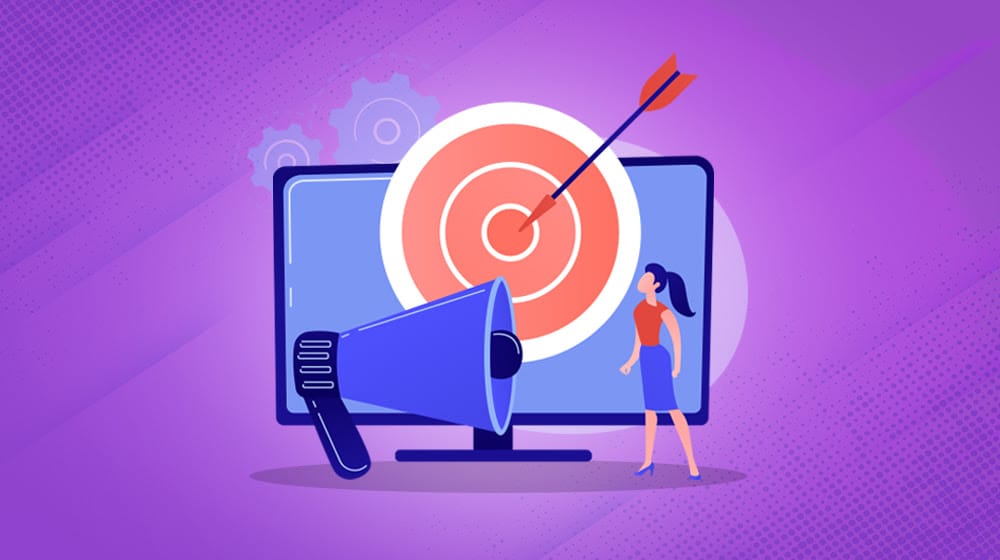
Direct marketing isn't as much about the channel as it is about the goal and message being conveyed along that channel. Most marketing channels have options for both direct and indirect marketing. When a PPC ad channel allows you to buy ads for awareness or buy ads for conversions, this is the choice between indirect and direct marketing.
Some of the most traditional kinds of direct marketing are physical. Things like television and radio commercials, junk mail (mass mailers, as they're more appropriately known), and even billboards and road signs can be forms of direct marketing. Meanwhile, online marketing brings new forms of direct marketing to the table, like sales emails, conversion-focused advertising, push notification marketing, and even some forms of content marketing.
What Makes Direct Marketing Difficult
There's one huge challenge with direct marketing, which is why indirect marketing tends to be a lot more popular.
That challenge is that it's very aggressive.
Because of that, you have to get everything right in the lead-up to your direct marketing. Otherwise, it risks backfiring on you. Think about sales calls; if someone cold calls you while you're at work, offering to demonstrate a service for you, you might be willing to listen. But if that same person with the same pitch calls while you're sitting down for dinner with the family, you're not going to even answer, and you might block the number.
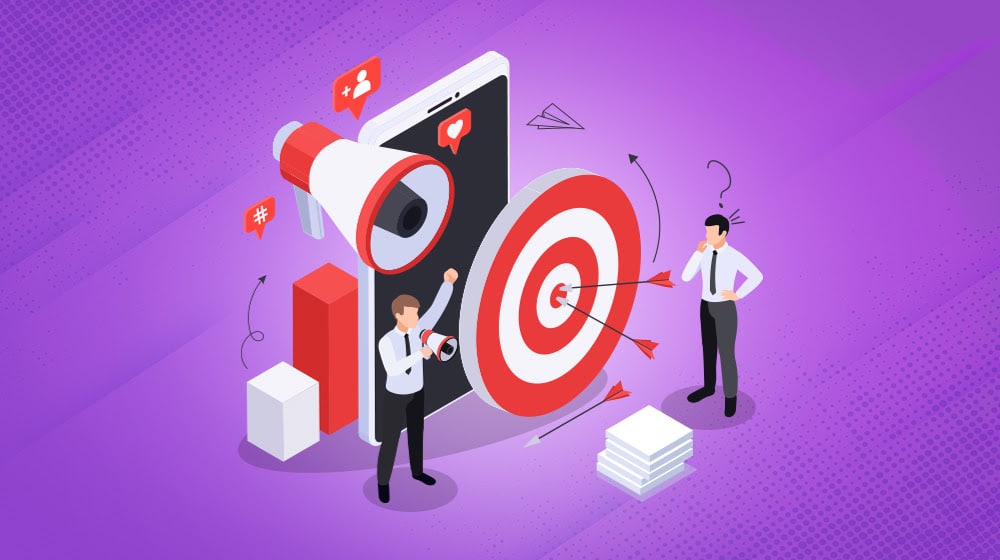
If someone isn't primed to be receptive to your direct marketing, there are very few positive outcomes. Very rarely, you may be able to make a persuasive enough argument to get them to buy anyway. Most of the time, you won't get any positive reception, and they'll ignore you instead. Sometimes, you'll be disruptive enough that they'll react poorly, blocking you, canceling a subscription, or otherwise deciding not to support you.
So, how do you make sure to get the most out of your direct marketing without having it backfire and hurt more than it helps? Here are my ten tips for successful direct marketing.
1: Know Your Offers and USPs
Before you can begin to craft a good, effective direct marketing campaign, you need to know what you have to offer, inside and out. We're decades past the point where "it's a product that does X" is good enough. There are a hundred variations of every product to perform every task. What makes you stand out?
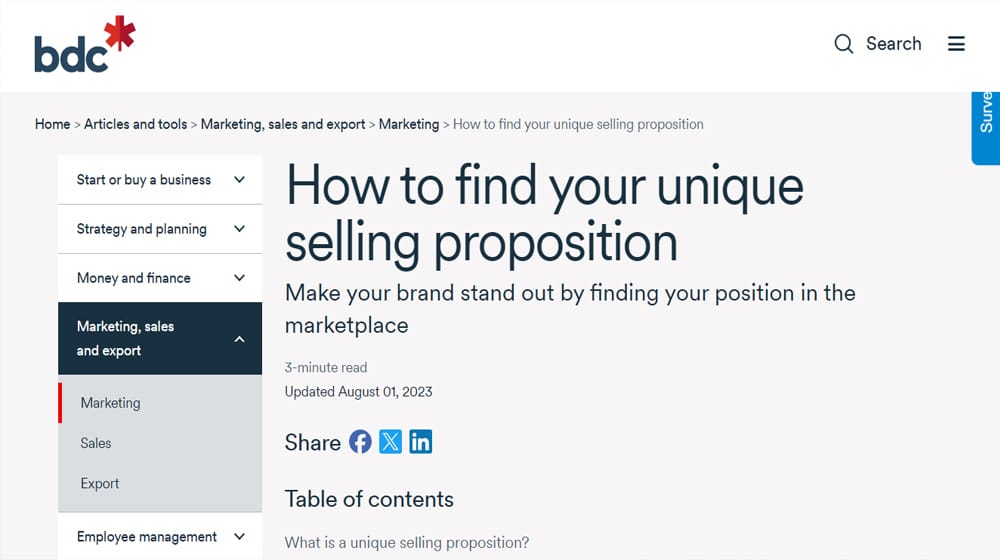
What is your unique selling point?
- Are you the cheapest budget option for the task?
- Are you the highest quality option for the task?
- Are you the most sustainable option for the task?
- Do you have features customized for specific audiences?
Different kinds of unique selling points can all be true at the same time, but you can't convey all of them at the same time. A big part of successful direct marketing is knowing who you're reaching so you can customize your sales push to them specifically. That means you need to know what you can offer that is most likely to convince them.
2: Target the Right Audience
The second element you need for successful direct marketing is the audience you're targeting. This is true whether you're precisely targeting social media or paid search ads, or if you're setting a team of people to call your target audience, and everything in between.

The closer you are to cold-calling someone, the less likely they are to be responsive. In fact, a huge part of indirect marketing is priming people to be aware of you and at least warm to the idea of your products so that when your direct marketing reaches out to them, they have a more favorable view and are more likely to buy.
Reaching the right audience with the right message at the right time is 90% of what you need to be successful with direct marketing.
3: Build on Indirect Marketing Success
A surprisingly common issue I see with businesses is that they'll treat different kinds of marketing as separate or even competitive. You might have a team working on your indirect and passive marketing (things like SEO, content marketing, awareness campaigns, and the like) and another team that gets handed a list of names and contact information and spends all day making sales calls.

There's a naturally competitive spirit amongst salespeople, and there's a temptation to make the teams compete or just encourage the idea of the "rockstar salesman" who gets sales, even if they're a jerk about it.
The truth is, that kind of Mad Men-style rockstar is long out of date and is more likely to hurt you than help you. It's better to view all of your marketing efforts, indirect and direct, as part of one continuous whole. After all, it doesn't matter how someone decides to make a purchase so long as they make that purchase, right?
So, keep your indirect marketing in mind, and build on the success you get from it with direct marketing that capitalizes on it.
4: Clean Your Leads Database Regularly
One of the biggest challenges with direct marketing is when leads go stale. Your leads need to be warm and primed to accept your marketing; otherwise, they're effectively not much different from mass mailers or cold sales.
A significant part of business operations, especially as your business grows, will be generating and qualifying leads. But those leads don't stay qualified and warm forever. As every single person who has ever decided to stop opening an email newsletter can attest, sometimes you're just no longer interested.

You need to make a point of cleaning your leads and contacts databases regularly. Studies have indicated that as much as 20% of your budget in direct marketing is wasted due to cold leads and bad data. Whether it's calling a phone number that has changed, emailing someone who hasn't opened a message in months, or trying to sell to someone who made their decision ages ago, you want to minimize that waste.
5: Personalize Your Messaging
One of the simpler things you can do to help boost the success of your direct marketing is to make it clear that you know your customers. The higher the value of the purchase, the closer the relationship you want to build with them.

For small-scale purchases, it can be enough to just add their name to your communications. For mid-range sales calls, having representatives who know a few things about the person (like their business, their life situation, or something of the sort) can be more personalized and helpful. For high-value purchases, you essentially end up becoming a family friend. That's why real estate agents send holiday cards every year, you know?
Even a small amount of personalization can go a long way, and it's not difficult to add that little bit to even your simplest communications, as long as you have the data.
6: Perform Scientific Tests on Sales Optimization Methods
Marketing tactics, messaging, taglines, and details don't stay static for long. It's rare and noteworthy when something stands the test of time – think of the Hershey's Christmas commercial as an indirect marketing example – and it's much more common to think of these things in terms of individual campaigns.
A key to successful marketing campaigns is testing. Split testing, also known as A/B testing, is all about isolating a single variable and changing it across different groups of your audience to see how they react and which option is more effective. In any case, where there isn't an incredibly clear, immediate winner, you need a large enough sample size to make a statistically relevant group.

It's all actually a lot harder than it seems because it's easy to take samples that are too small to be meaningful, especially in low-volume sales situations. Even still, keeping track of that data is critical, and optimizations over time help you improve campaigns until it's time to start over with a new one.
7: Track More Than Just Success or Failure
Tying into the previous point, you need to harvest more data than just "got a sale" or "didn't get a sale" for each bit of marketing. Conversion rates are important, but so are average sale values, the likelihood of repeat business, pre and post-sale engagement, customer satisfaction, and more.

There's a reason that sales platforms tend to have a lot of analytics and tracking built into their operations. That way, you have a lot of that data harvesting automatically and don't need to figure out how to keep all the records on your own.
8: Don't Be Afraid to Invest More Budget
Direct sales can be expensive, but when it's done well, you have a pretty high chance of getting conversions with it. That's because, when it comes right down to it, you want to avoid pulling the trigger on direct sales marketing unless you know it's going to work. The greater the chance of failure, the more likely you should be doing some kind of prep work to make it more likely rather than just running with it.

That means that direct marketing is very much a "you get what you pay for" kind of marketing. PPC with a conversion goal is the clearest example. You only pay when you get a conversion, so you can set up the transaction to be in your favor and then pour money into it until it stops working. There will come a time when it stops working, of course, but you may be surprised at how much budget it can sustain before you reach that point.
9: Don't Forget Your Existing Customers
A commonly overlooked audience and direct marketing strategy is actually remarketing. People who have already proven that they're interested enough in your product or service are, statistically speaking, more likely to be interested in it again.

Consider avenues like:
- Abandoned cart retention
- Follow-ups on moderately successful sales calls
- Reminders for refills and repeat purchases
These can reach people who are more likely than average to make a purchase and thus be more successful with less money and effort than leads who haven't already embraced your marketing in another way.
10: Don't Ignore Sales Regulations
To round things out, I need to point out that several of the tips above focus on knowing your customers and targeting them on a personal level. That's good and effective, but there's an increasing level of legislation around the world that makes it harder or impossible. GDPR, the CAN-SPAM act, the telemarketing sales rules, CCPA, and state-level privacy regulations all put rules on what you can harvest and what you can use in marketing, and violating them can carry steep penalties. Always make sure you're staying within the law with your personalization and data tracking!
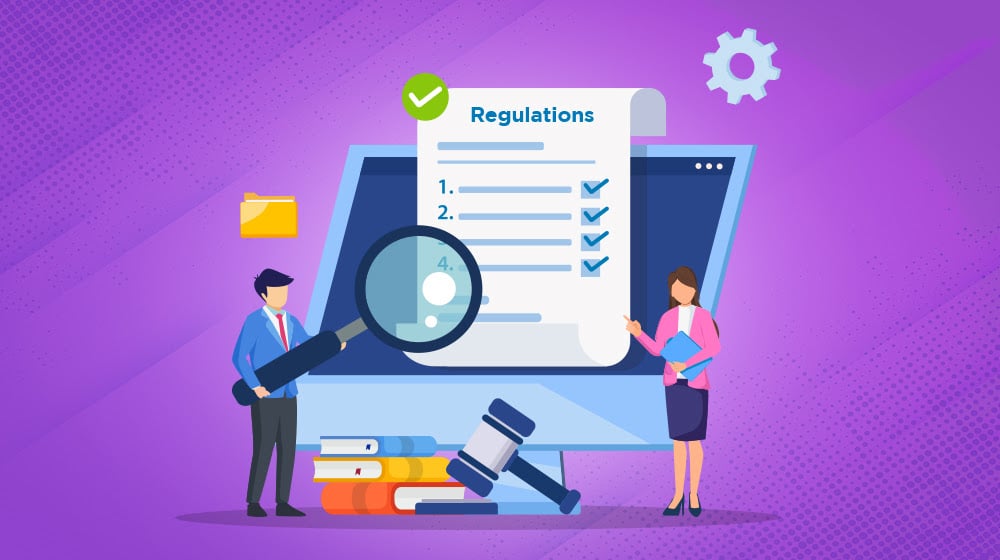
When all is said and done, you can dial up your direct marketing and get some serious return on your investment, but it relies on a strong foundation, as well as plenty of successful indirect marketing, to get it right. If you have any more questions, let me know!



 30 Second Summary
30 Second Summary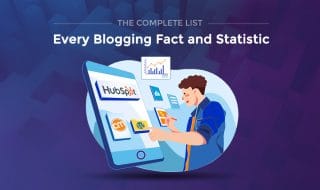

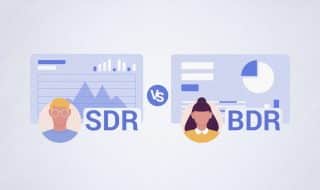

Comments